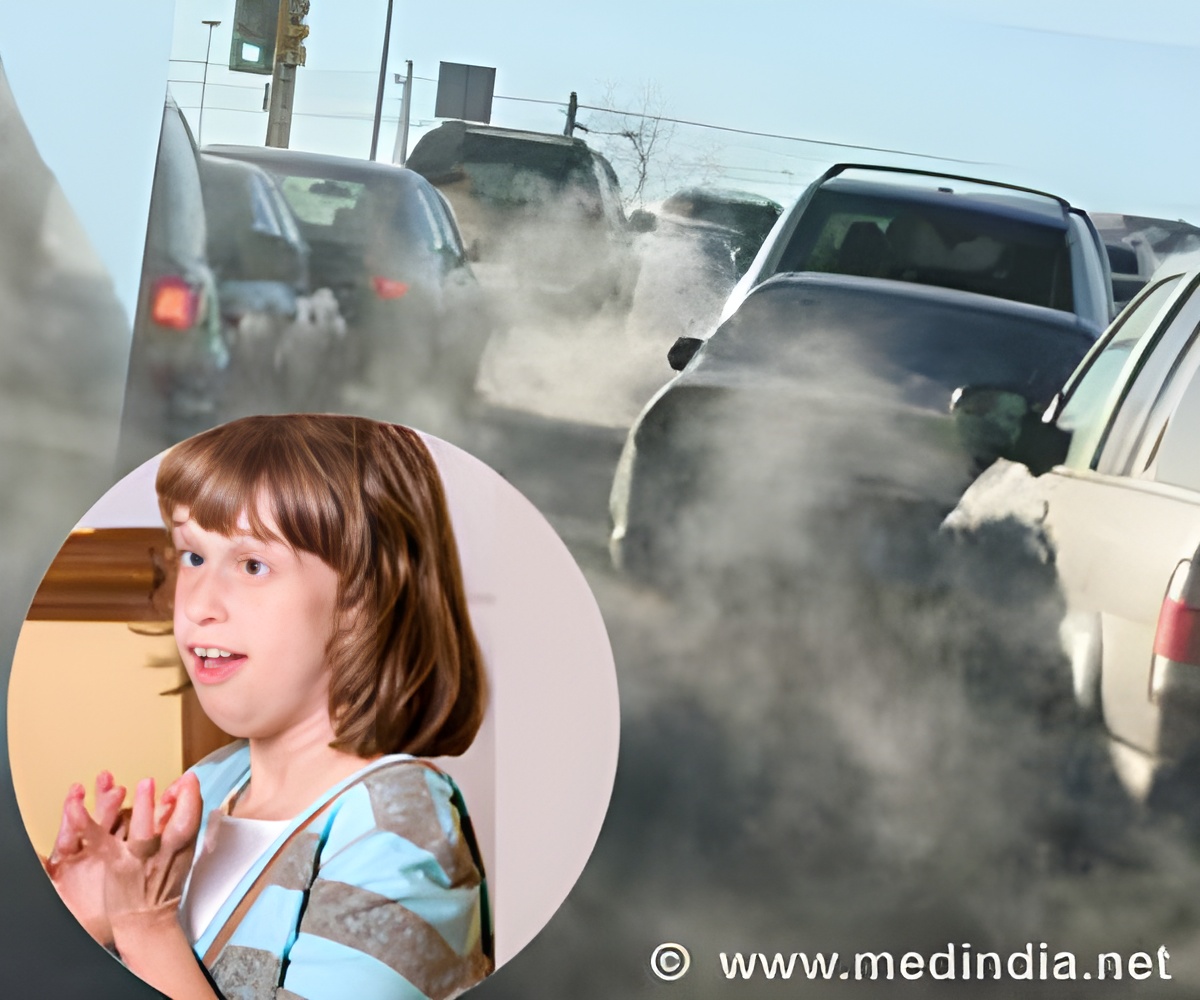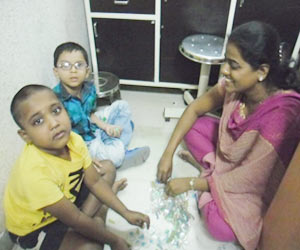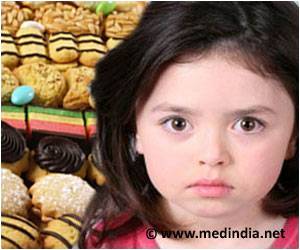A new study finds that individual risk of ASD and autistic disorder increased with greater genetic relatedness in families and also with the environmental factors.

ASD is defined as impairment in social interaction and communication and the presence of restricted interests and repetitive behaviors; in the U.S., approximately one percent of the population is believed to have ASD. For purposes of this study, ASD included the definition for Asperger syndrome.
The study cohort comprised more than two million Swedish children born in 1982 through 2006, and included more than 1.6 million unique families. The breadth of this study allowed researchers the opportunity to examine a large spectrum of relatedness, including monozygotic (identical) and dizygotic (fraternal) twins; full siblings; maternal and paternal half siblings; and cousins. Single-child families were excluded from this study.
Researchers studied the relative recurrence risk, or RRR, for autism spectrum disorder and autistic disorder in these families and used it to determine heritability. Recurrence risk expresses the risk of having another affected family member in an already-affected family – that is, the likelihood of a person in a family to be diagnosed with ASD if they have a sibling or cousin with autism spectrum disorder. RRR measures this recurrence in relation to disease in families without any affected members.
In calculating RRR for the different genetic relations, the researchers found that the closer the genetic relatedness, the greater the risk a sibling or cousin would also be diagnosed. Monozygotic twins had the highest adjusted RRR for ASD (estimated to be 153 times more likely to develop ASD); followed by full siblings (10.3 times), dizygotic twins (8.2), maternal half-siblings (3.3), paternal half-siblings (2.9) and cousins (2.0). Similar, if slightly higher, adjusted RRRs are found for autistic disorder: monozygotic twins (116.8), dizygotic twins (16.9), full siblings (14.6), maternal half-siblings (4.3), paternal half-siblings (2.9), and cousins (2.3).
Participants were followed for 20 years or until 2009, whichever came first. (Regular medical and developmental examinations are required for Swedish children as infants and throughout preschool.) At four years of age, a mandatory developmental assessment is conducted. From that assessment, children with suspected developmental disorders are referred for additional assessment. These assessments ensured completeness of data for the study.
Advertisement
Source-Eurekalert













